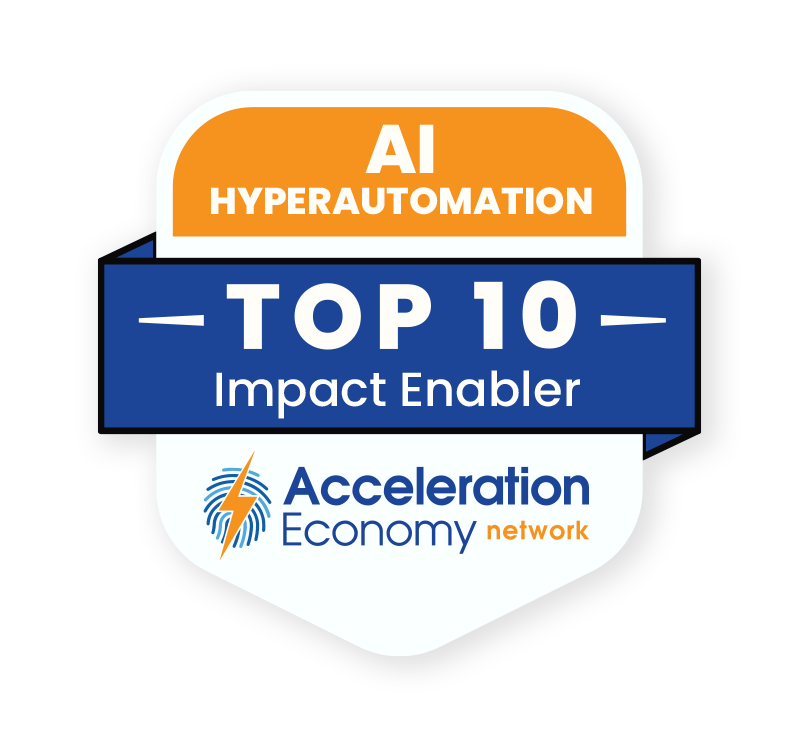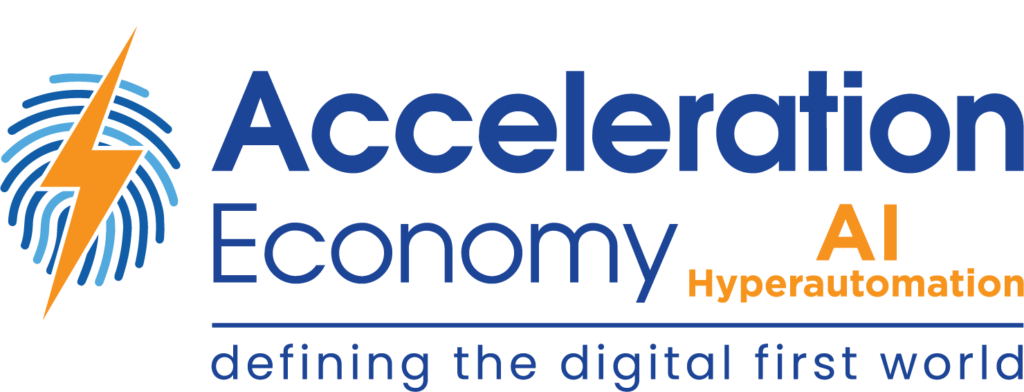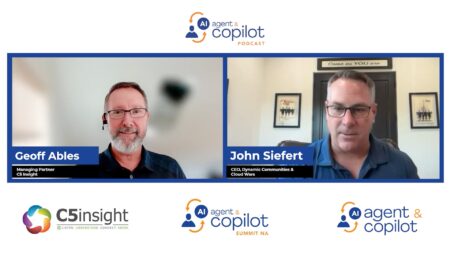In this moment, excerpted from the Generative AI Digital Summit event, which took place on May 25, Laurence Moroney, Lead AI Advocate, Google, demonstrates a machine learning (ML) use case that tracks activity types, and explains how machine learning can determine patterns when fed data.
To hear practitioner and platform insights on how solutions such as ChatGPT will impact the future of work, customer experience, data strategy, and cybersecurity, make sure to register for your on-demand pass to Acceleration Economy’s Generative AI Digital Summit.
Highlights
00:08 — Moroney demonstrates a use case of machine learning (ML), which has to do with activity tracking. Given the nature of this activity type, there is a great deal of data to be tracked. He explains that humans do not understand what to do with the data being collected.
00:28 — However, Moroney explains that humans can collect this data, label it, and give it to a computer to determine the patterns of the data. This way, the computer may be able to detect patterns that humans otherwise could not. When a computer learns patterns about the data it receives, it demonstrates the practical use of ML. “It’s looking at the data, it’s looking at the labels for this data, and it’s learning what makes this data this label, and that’s really where the term machine learning comes from.”

Which companies are the most important vendors in AI and hyperautomation? Check out the Acceleration Economy AI/Hyperautomation Top 10 Shortlist.
01:24 — Engineers are writing the code for this data themselves, but rather than writing the rules of the code, engineers write the code for a “neural network” that takes the data and identifies a pattern. “It’s a very simple paradigm…but it leads to some very, very complex and cool solutions.”
Looking for real-world insights into artificial intelligence and hyperautomation? Subscribe to the AI and Hyperautomation channel:










